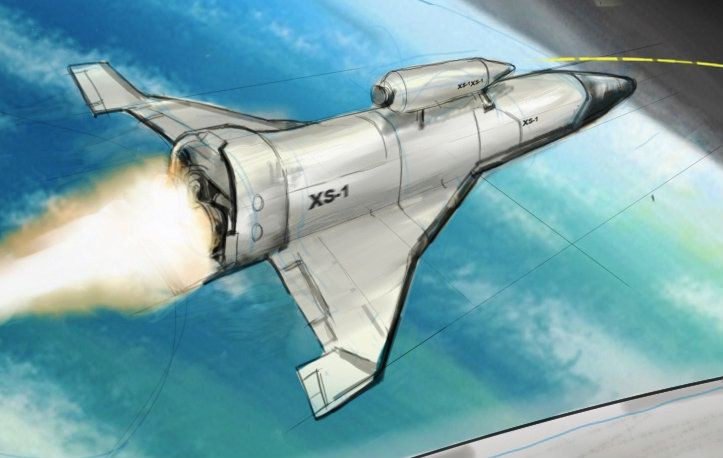A Supersonic Space Drone From The Folks Who Brought You The Internet

The U.S. Defense Department is developing a new type of unmanned spacecraft that will make daily trips into earth’s low orbit.
The new XS-1 experimental space drone will be able to travel at hypersonic speeds and will be durable enough to travel for up to 10 days at a time, departing daily.
A recent Defense Advanced Research Projects Agency (DARPA) report outlines the importance of routine access to space for the future of the Department of Defense. The aim of the project is to build cost-effective space technology and delivery systems with short turnaround time that offer “the most creative yet practical solutions possible,” a spokesperson said.
The space drone will have to be able to carry loads weighing 3,000 to 5,000 pounds and needs to cost less than $4 million per launch. The Department of Defense also requires that it be able to travel at Mach 10+, 10 times the speed of sound, or around 7,680 mph.
Launch vehicles are very expensive, and in the current economic climate the Air Force is looking for a “clean pad” launch mechanism, which is a launch pad that can be reused multiple times without spending weeks of preparation for a new rocket. This is in direct contrast to the current launch system, the Air Force’s Evolved Expendable Launch Vehicle (EELV) and the Minotaur IV launch vehicles, which are contracted years in advance and have become increasingly expensive.
While the new aircraft will be similar to the Boeing Company’s (NYSE:BA) X-37B unmanned aircraft currently being used by the U.S Air Force, the XS-1 offers major advantages in surveillance and information-gathering.
In addition, it’s expected that during the research stage, many technological advances will be made that can be used for different military applications, including combat.
Full production of the XS-1 is still many years away, but contractors have been encouraged to come forward with questions.
© Copyright IBTimes 2024. All rights reserved.






















